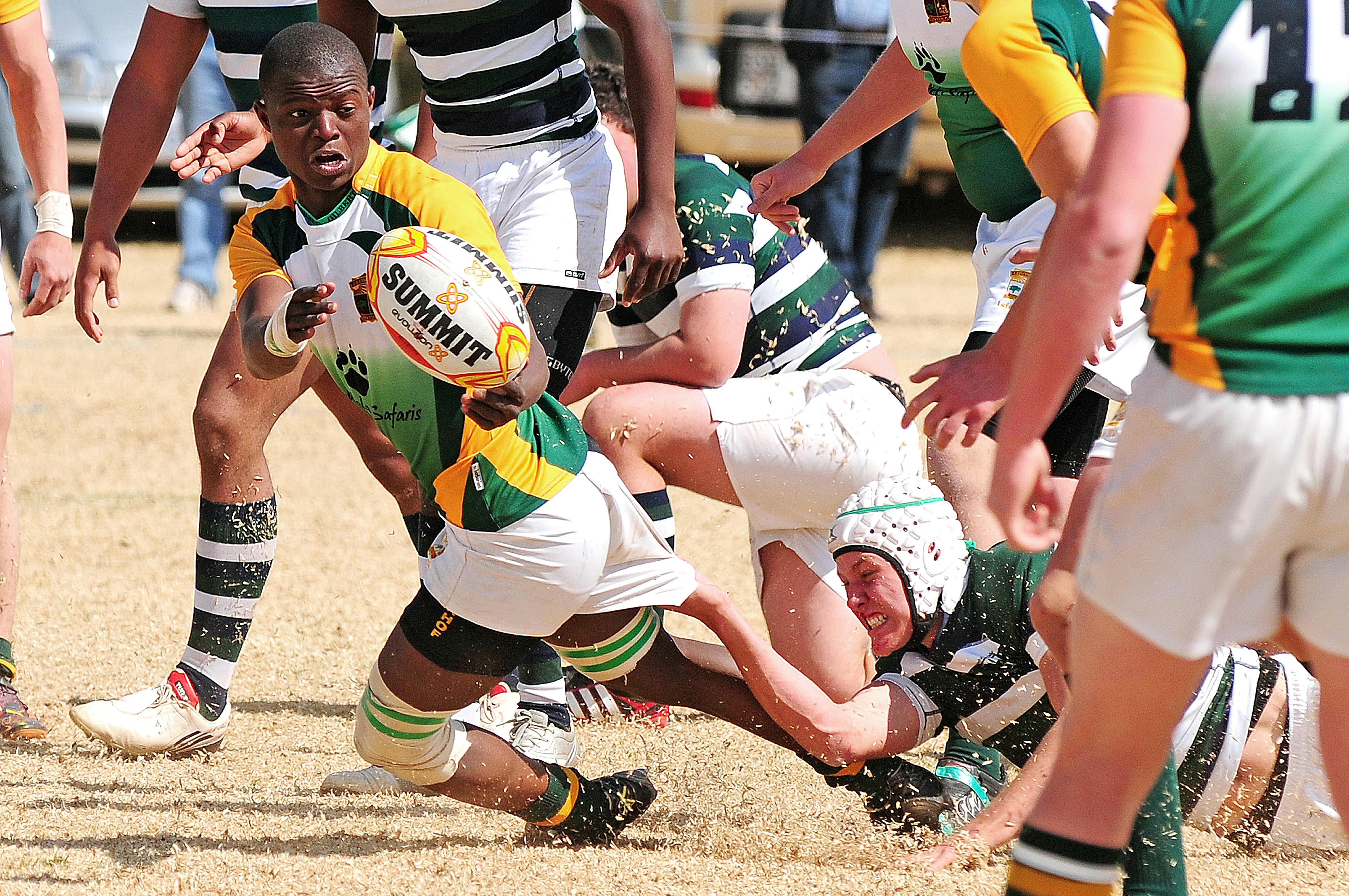Ambalapuzha, a coastal part of Kerala in India, had Roman trade connections from the first century. Emperor Claudius had his legion in a seaside town and even in a Roman temple. Kerala spices attracted Roman aristocrats. In 1847, Roman coins belonging to Augustus, Tiberius, Caligula, Claudius and Nero were found in the British Malabar part of Kerala, supporting the belief of early trade relations with remote parts of the world and also the conviction that Saint Thomas , the disciple of Christ came to the Kerala coast as early as the first century on a ship sailing between Alexandria and the Kerala coast. Saint Thomas is believed to have converted only the Brahmins to Christianity. Not that he was caste oriented, but because Brahmins were not trained to mix with lower castes if they officially became Christians; being a Jew, he sympathized with crippling caste sentiments and respected the prevailing local culture. The other Hindus who accepted the Teachings of Christ remained Hindus and officially became Christians only at a later period. Of the 23 dioceses in India, Kerala has 11 and has one vocation for every seventy Catholics. The seeds of the Christian faith grew firm in the fertile sands of Hinduism.
Kerala is about half the size of Portugal and has twice the population of this European country. Kerala is the most educated part of India and relatively prosperous. The technological advance is comparable to any of the developed countries. Surprisingly, he now has a maximum of suicides and alcohol-related problems. The English language is more popular than the regional language which is derived from Sanskrit, the language of the mythological Hindu gods.
The Brahmins who followed the Tantric culture in Kerala became Namboothiries and evolved as feudal aristocrats. The Namboothiries are external religious functions and not necessarily internal illuminators. Traditionally, Brahmins in India were not supposed to have executive powers. They were expected to be pious and learned men; they were destined to be disinterested religious teachers. But they could rebuke even kings and they did not have to say anything but the truth. They were highly appreciated socially and had the privilege of directing the coronation ceremonies of kings. They were not supposed to take weapons in their hands and they were supposed to preach non-violence.
When one of Kerala’s oldest empires broke up into smaller principalities in the early 12th century, a Namboothiri aristocracy, contrary to Indian traditions of the caste system, took over the rule of Ambalapuzha and remained a dynasty for nearly eight centuries. The Shaktriyas are supposed to be the kings according to the rules of the Indian caste and the Namboothiries are the priestly caste. These kings dedicated their kingdom to Thrimoorthi (Holy Trinity) and reigned as servants of God considering themselves as a humble divine instrument. The king ruled the country as his vice-regent. This is expected to become a worldwide tradition in the future miniature Christ Kingdom; all the figureheads of the different countries of the world submit to Christ the King and declare themselves his vice-regent. Raja was a helper of faith. He never claimed to be a defender of the faith and had a chosen deity.
Vasco De Gama arrived in South India in 1498 AD. During the 17th and 18th centuries, Ambalapuzha had commercial contacts with the Portuguese and the Dutch and Ambalapuzha Rajas had friendly relations with these two European countries. These Kings had a friendly military treaty with the Portuguese to help them in times of crisis. In Ambalapuzha there was a harmonious mix of medieval Portuguese Sanskrit and Namboothiri culture. The Ambalapuzha kings had a broad religious outlook. One of the kings built a Christian church in Kudamallor, in the central part of Kerala, which still stands as a precious monument of interfaith collaboration and has existed in this part of Kerala since times past.
This church is believed to be seven centuries old and was dedicated to the mother of Christ; Mukthiyamma means heavenly mother. Mukthi is the Sanskrit word for heaven. This church is believed to have been rebuilt with the help of Portuguese engineers and the architecture has a Portuguese flavour. On the main altar there is a beautiful painting of Mother Mary with the baby Jesus who is 400 years old. Unlike many Christian images, the infant Jesus has been depicted in the color of Lord Krishna at the request of the Maharaja. The church used to have a pulpit built on a wooden elephant and the main beam is still decorated with an elephant’s head; these features are very characteristic of the Hindu influence. The ambalapuzha kings used to remove the crown from their heads in reverence when they passed in front of this church. When a new church was recently built in the nearby area, the royal family insisted on preserving the old church. Hindus visit this church and take part in the ceremonies even now. The religious tolerance that existed in this part of India was phenomenal and gives hope for the future of India.
Ambalapuzha Raja was the patron saint of the Syrian Christian community in this part of Kerala. He trusted the Christian and some Muslim families that he appointed guards of his palace. Christian families flourished under the auspices of Ambalapuzha Raja and employed a Christian family to touch items for use in the royal household to remove contamination imparted to items by lower castes. According to tantric/hypnotic traditions, when an old object was purchased from a Christian business family, it became new and free from caste contamination. That family remained loyal to him in the difficult periods of conflicts with their enemy king and became his caretaker while he was imprisoned. Emmanuel, who was the main head of the family, was the favorite of the king and they used to have a philosophical speech about Christianity.
Emmanuel himself was an excommunicated Brahmin and later found the truth in Catholicism. The Maharaja perceived Christ as a priestly king like himself, but he always wondered how a king could forgive his enemies who crucified him. Jmmanuel simply said, “His was not a kingdom of this world.” The idea of reincarnation was debated. Maharaja noted that in the Christian teachings of the beatitudes, the poor had a better chance of salvation compared to the Hindu belief system of the Brahmins who hold the highest position on the spiritual ladder. As a Brahmin, Devanarayanan Rajah had drunk more philosophy than mother’s milk. He appreciated the closeness of Vedic philosophy and Catholic theology. As a worshiper of the goddess, he regarded Mother Mary as a goddess, but Emmanuel corrected him: “If the meaning of Devi (goddess) is one who has submitted to Devan (God), Mary was a goddess.”
Since he already had the concept of the Holy Trinity and the Divine incarnation, it was easy for the Maharaja to perceive the Divinity of Christ. He distinguished the differences between Vedic and Brahmanical Hinduism. Mharajah, who was trained to believe in retributive karma, found the redemptive karma of Christ to be a novel idea. He banned animal sacrifices in the temples and the temple Brahmins threatened the Maharaja with excommunication for his radical changes. It is recorded that one of the kings of Ambalapuzha received papal honors through the Portuguese king. According to oral tradition, the Christians regarded him as their “King Solomon”. He helped Christians to adapt well to the Hindu environment. Many church buildings in Kerala resemble Hindu temples.
The tragic events of the 18th century: the last sovereign of Ambalapuzha married young, and his wife died shortly after the marriage without children. Royal oracles forbade the king to remarry for fear of losing his kingdom if the sovereign remarried. King José (1750-1777) ascended the throne in this period in Portugal and his prime minister was the Marquis de Pompal, who introduced many reforms. Trade and military relations with both countries went well. The neighboring King Marthanda Varma (1729-1758) wanted to expand his kingdom and declared war on the Raja of Ambalapuzha. During this time the king of Ambalapuzha had discovered a special poison that he applied to his sword to instantly kill his enemies. The Travancore soldiers refused to kill the soldiers of the Brahmin king for fear of eternal damnation.
It was the Indian belief that the murderer of a Brahmin would never have spiritual salvation. So Ambalapuzha initially won the war. But Marthanda Varma organized a special army consisting only of Muslims and Christians who did not have the belief system of the Hindu soldiers. The oracles of the goddess temple were enraged at the Brahmin Raja for his discovery of the poison and blamed the raja for the cholera epidemic as a curse from God for discovering the new poison. His prime minister and army commander defected to Travancore’s side. The king of Namboothiry felt the pain of betrayal and began to understand the previous pain of Christ’s crucifixion. After a fierce battle, King Ambalapuzha was defeated and taken prisoner. The presence of a Brahmin king was considered sinister by the court astrologers of Marthanda Varma and was thought to be the cause whenever royal members had an ailment.
He was eventually released from prison. The returned home Raja wanted to reclaim the lost kingdom from him. He joined the Portuguese and formed an army with Christian soldiers. He couldn’t trust the soldiers of his own kind since they betrayed him in the previous war. His future existence depended mainly on the Christians whom he protected and who were faithful to him to the end. He expected Portuguese military help. Unfortunately there was a big earthquake in Lisbon (1754). The attention of the Portuguese king and the military was diverted to the disaster area. The Portuguese could not come to the rescue of King Ambalapuzha. Christian priests in Portugal interpreted the earthquake as divine punishment for Pompal’s unconventional reforms. The army led by Thomas Panicker fought against Travancore without success. King Ambalapuzha handed over the kingdom from him after placing the key to the state granary and the royal treasure at the Lord’s feet in the Ambalapuzha temple and he was taken prisoner.
After a period, King Ambalapuzha was released from captivity. He had such a profound influence on Marthanda Varma that the latter also consecrated the expanded realm to his deity and became a disciple of the Lord. He used to walk to the temple barefoot; presenting the royal sword in front of the deity, asking permission to continue ruling the kingdom. Despite the Travancore royalty being powerless now, this ritual is still performed. King Ambalapuzha spent the night of his life alone in spiritual matters. He is also believed to have participated in the holy week ceremonies of the Mukthiamma church with members of the royal family. He identified with the sufferings of Christ as he himself went through various psychological betrayals and crucifixions. The Mukthiamma Church still stands as a silent witness to these tragic historical events. It now has a pilgrimage status and the holy week ceremonies of this church are extremely popular.




